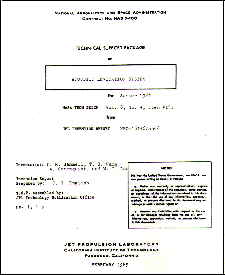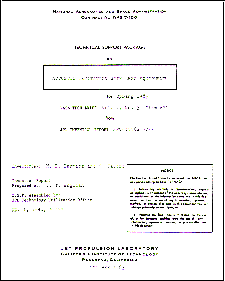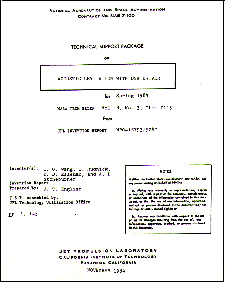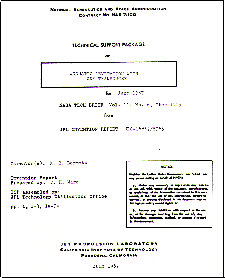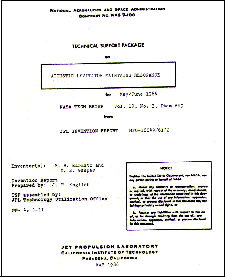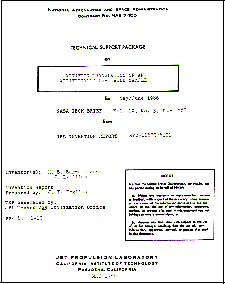
|
Field Resonance Propulsion Concept
|
- The speculative "propulsion" concept described in this paper was presented at a special session of the 15th Joint AIAA/SAE/ASME Propulsion Conference (June 18-20, 1979), "Propulsion Concepts for Galactic Spacecraft". The concept was developed as the result of private, unofficial research. NASA is not involved in UFO research. However, the research which may be stimulated by this paper could result in the verification of the essential elements of this concept and in feasibility studies concerning the development of a new generation of NASA spacecraft. Alan C. Holt
ABSTRACT
A new "propulsion" concept has been developed based on a proposed resonance between coherent, pulsed electromagnetic wave forms and gravitational wave forms (or space-time metrics). Using this concept a spacecraft "propulsion" system potentially capable of galactic and inter-galactic travel without prohibitive "travel times" has been designed. The "propulsion" system utilizes recent research associated with magnetic field line merging, hydromagnetic wave effects, free-electron lasers, laser generation of megagauss fields, and special structural and containment metals. Research required to determine potential, field resonance characteristics and to evaluate various aspects of the spacecraft "propulsion" design is described. NASA Tech Brief. 8.5" X 11"
Pages: 13
N1899
$2
|
|

